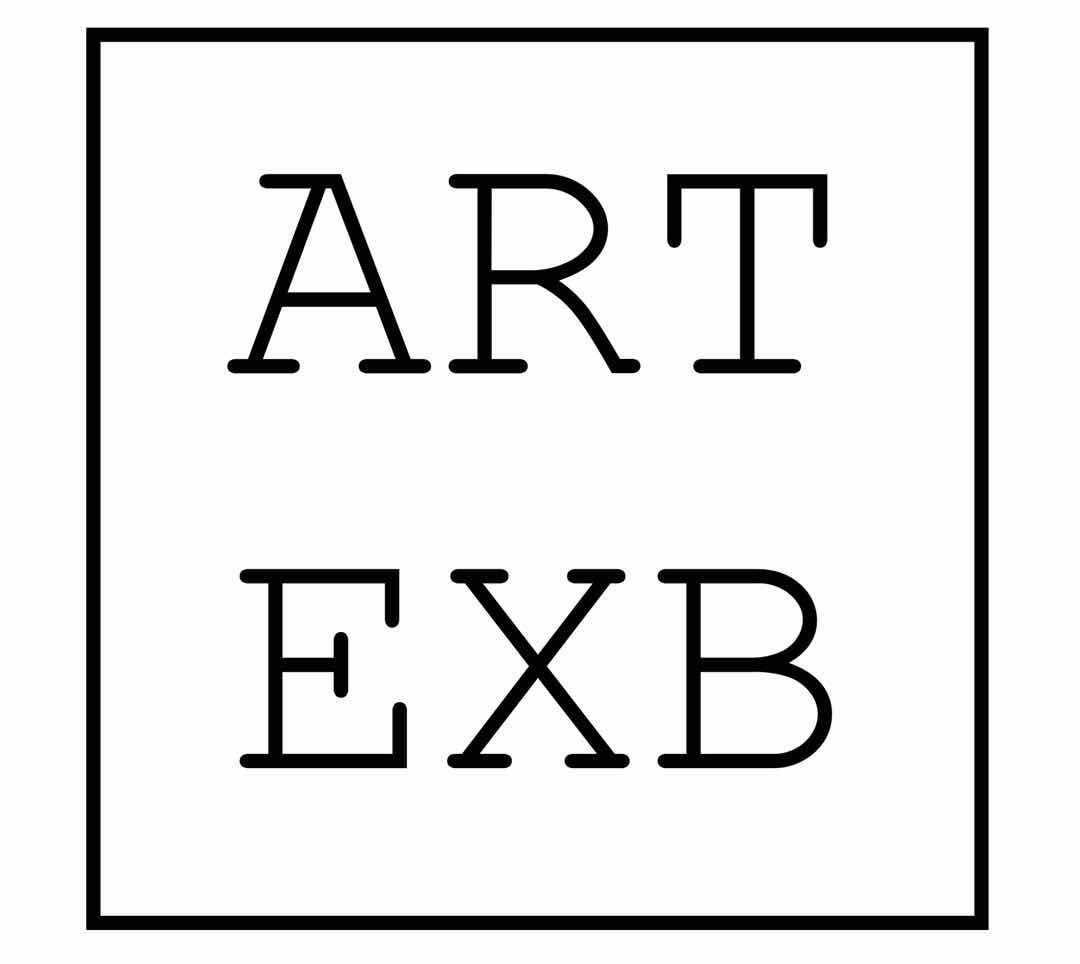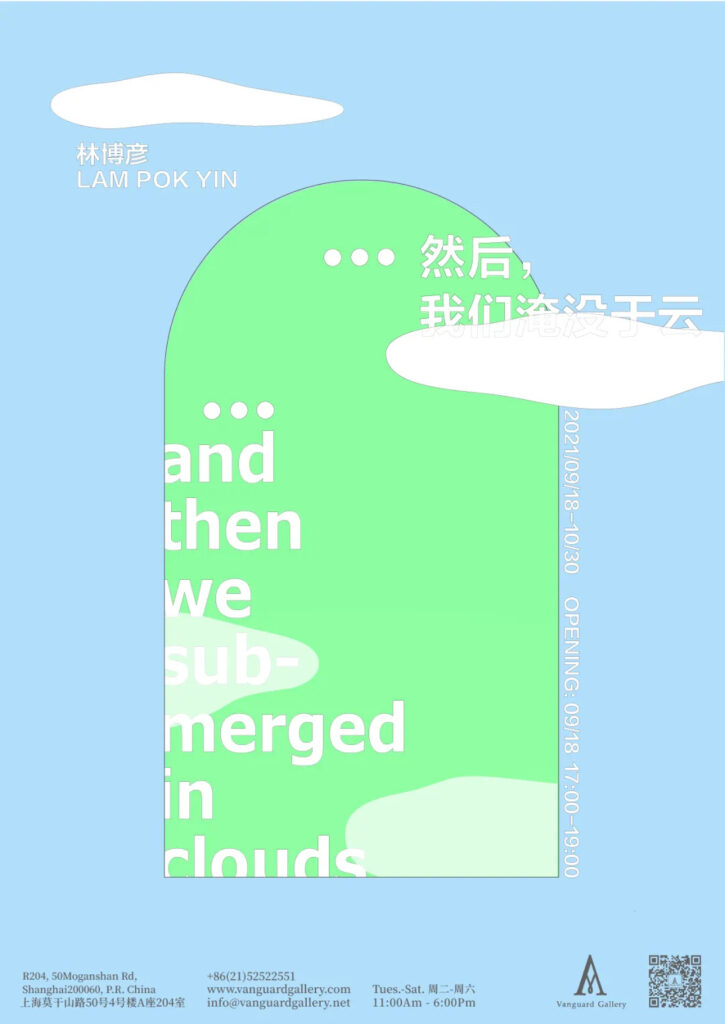Vanguard 画廊于9月18日呈现林博彦个展 “……然后我们淹没于云”。这是林博彦在 Vanguard 画廊的首次个展,将展出一系列全新作品,包括影像及装置等媒介,展览将持续至10月30日。
万维网(World Wide Web)问世初期,当时的主流科技公司营造了该科技可以赋权大众、增强世界互通的理想化的愿景;但是时至今日,这些憧憬都好像从未来到,甚至不再可能来到。同时,我们好像也失去了对于一个崭新未来的想象 —— 它们都成为了英国文化评论家马克 · 费舍尔(Mark Fisher)论述中的 “遗失的多个未来”(lost futures)。这次展览以万维网自身历史上的推广与普及作为背景和出发点,并透过费舍尔所阐述的 “魂在论”(hauntology)作为框架来陈列和比较两个 “现在”:一个是在万维网普及的25年后,在资本支配下,个体被资本和网络极端劳动异化后的存在面貌;另一个则是被万维网早期愿景的幽灵—— 那些从未实现,或许也终将不可能实现的愿景,不断缠绕着的现在。
此次的作品系列林博彦着重以在地的采样、收集和陈列的方法,去观察万维网早期的人本理想在新自由主义下解体后的碎片。他所收集的,一方面是微软当年那些用来宣传万维网的材料和文案;另一方面是个人的回忆和经历,包括近年对于早期万维网的集体乡愁,以及艺术家通过亚马逊所创建的云端人类智能众包平台,“土耳其行棋傀儡”(Amazon Mechanical Turk,简称 MTurk),发出有偿任务而收集到的素材。MTurk 平台反映了被 “数字经济” 笼罩的现实,即全球化、网络化、零散化与微工化的劳动:那些分散在大数据与人工智能背后的劳动者被隐形了,他们的劳动,所处的工作环境和与社会的连接也被忽略,也是多维度极端异化的集中体现。艺术家选择了直接利用平台自身的机制去揭示它的结构和其中的权力关系:由于作品产出于平台本身,所以它们都牵涉到和必须面对有关劳动价值、科技平台上的权力关系、艺术生产与剥削等问题。这两支脉络各自延伸,又彼此互指。
展厅中多个作品幽灵般地附着⼀句标语:“Where Do You Want To Go Today?”(今天你想去哪⾥),这是微软为了推广 Window 95,历史上第一个内带万维网浏览器的操作系统,而展开的一系列全球性广告企划的口号。艺术家以这句满怀希冀的营销口号串联起了展览的核心展示之一:已过期的注册商标成为了散落于画廊角落的证书奖牌,展示着资本在当时设计给我们的未来和目的地;那些在社交媒体上集体怀缅 Windows 95 的留言,如残影⼀般被艺术家烙印在最后⼀版使用微软系统的 Lumia 650 ⼿机的显示屏上,如同某种对失败的悼念;借由视窗(Windows)的隐喻,艺术家通过 MTurk 向工人发布了一个任务:拍摄他们身处的房间窗外的风景,并回答 “Where do you want to go today?” 这个问题;在画廊搭建的办公区域里,工作桌上放有90年代的互联网黄页,观众可以用电脑去搜索与核实当年黄页中介绍的网址在今天是否已经消失。通过这集体的考掘,观众也成为了 MTurk 平台上常见的简单而重复性任务的劳动者。
在展览的另一核心部分,林博彦在 MTurk 平台上尝试发布诸多反常规的任务,试图揭示出黑盒般的 MTurk 平台上劳工作为主体的存在状态,将屏幕背后的⼈重塑为⼈。例如他聘请⼯⼈们关闭显示器,⽤手机聚焦屏幕,并逐渐后退⾄屏幕倒映出拍摄者本⼈及其所处环境;或要求⼯⼈们⽤自己的⽅式证明⾃⾝并非机器⼈,来回应亚马逊禁⽌使⽤⾃动程序批量处理的规定;他也邀请工人们讲述他们在平台上工作时所经历过最奇怪的事和感受。劳工们所拍摄他们房间的影片,被置于旧台式电脑作为屏保来循环播放,如同异次元的存在体被禁锢在狭小屏幕中;劳工们对于 “如何证明自己非机器人” 的解读和创作,则被收录进多部手机,作为珍奇柜中的藏品展示,以收藏这个时代人之所以为人的某些构成要素。为了进一步延续 MTurk 的劳动关系,艺术家挑选了部分工人在完成该任务时的创作,制作成马克杯、抱枕、毛毯等的衍生商品。借着邀请观众挑选和购买衍生品,艺术家和工人的劳动和交易关系被延伸到了观众处 —— 那些日常、贴身且带有强烈个人印记的商品,时常提醒观众那些隐形的工人作为独立个体的存在。而劳工们的经历与感受则被转化成为了一座虚拟的纪念场所 —— 他们以无形的声音出现在荒芜的地景里,悼念着这场大规模新智能研发中人类的存在面貌及精神世界。
网络科技里经常借用有关云和窗的意象来承载个人与该科技的关系,而标题 “……然后我们淹没于云” 正透过这暗喻串联起展览的时间轴:从 Windows 95 系统的开机画面,那广阔无边的蓝天白云,象征着自由、开放的和无限的可能性;到今天我们置身于云雾里,被其所包围和遮蔽 —— 我们愈趋赖云端计算和平台,却对其背后的技术和权力运作一无所知,并被它们无孔不入地所干预以及监视;浏览器的窗口起初被视为通往世界另一端的虚拟入口,然而在如今的现实里,拍摄房间窗外风景的任务,却成为了网络劳工逃离虚拟工作场所的出口……
费舍尔所论述的 “魂在论”(hauntology)指出了一种非实体的存在,这种非实体存在是已消逝的,或尚未到来,却已对现今发挥效力。我们对于万维网那些从未实现,和不再可能实现的憧憬就是这样的幽灵:它萦绕当下,引发出对于未来的持续渴望,又转而拒绝人类在中庸现实中空耗。展览中,虚拟与实境,过去与当下相交织,而在这特殊场域里,观者得以重新审视数字社会科技发达表象下枯竭的僵局,在这个时空不协调的办公空间,静待幽灵的重新到来。
Vanguard Gallery is pleased to present “… and then we submerged in clouds” by Lam Pok Yin, the artist’s first solo exhibition with the gallery. Comprised of videos and installations, the artist’s latest series will be on view at Vanguard Gallery from September 18 through October 30, 2021.
During its early days, the World Wide Web was often portrayed as a tool that could empower and connect us by tech companies responsible for its development and commercialisation. However, such ideals and aspirations for the future have so far failed to actualise and are as if forever delayed. At the same time, we have seemingly become incapable of conceiving of a future that is radically different from the current one — they have all become the “lost futures” in the words of English writer and cultural theorist Mark Fisher. Beginning with a revisit to the history of the World Wide Web’s promotion and proliferation, this exhibition contrasts the two versions of “the present” through the lens of “hauntology” as elaborated by Fisher: the current state of intense alienation that individuals experience under the influence and control of globalized capital and its version of the World Wide Web, just 25 years after it was first popularized; and “the present” which is ceaselessly haunted by the spectres from the “halcyon” days of the early World Wide Web — ideals and hopes for the future that have never, and would likely never be realised.
In this series of works, through the act of collecting, sampling and rearranging, Lam observes and investigates the debris left behind by the early World Wide Web after its humanistic ideals had disintegrated under neoliberalism. His collections fall into two main categories: materials and “artefacts” that Microsoft produced and used to promote the early World Wide Web; and personal memories and experiences related to the internet, ranging from the collective nostalgia for the early days of the World Wide Web, to stories gathered from online workers commissioned through Amazon’s Mechanical Turk platform (MTurk), an online crowdsourcing marketplace for human intelligence. MTurk is a reflection of a reality that is dominated by “digital economy” — a form of globalized yet fragmented, network and platform-based labour: essential yet replaceable in processing of big data and the training of artificial intelligence, these individual workers, along with their working conditions and social relationships involved, are very much overlooked. This results in a concentrated manifestation of the extreme alienation in multiple dimensions. Lam has opted to uncover the structures and power relationships of the platform using its own mechanisms by actively commissioning tasks from its workers. As the artworks themselves are generated via the platform, they are inherently tied to its logic of operation, which leads to discussions about the value of labor, power relationships on technological platforms, art production and exploitation. These two categories expand respectively while remain intertwined.
“Where Do You Want To Go Today?”, the global marketing slogan employed by Microsoft to launch Windows 95, the first operating system in history to ship with an in-built web browser, ghostly banners the gallery. Works related to the first main theme of the exhibition are tied together with this rosy, evocative tagline: plaques made from expired trademarks lay scattered around the gallery space, showcasing the destinations that had been designed and predetermined for us by capital; comments and sentiments related to the collective reminiscing and reliving the days of Windows 95 are permanently burnt onto the displays of Microsoft Lumia 650 phones — the very last Microsoft phones that ran the Mobile Windows operating system, as a kind of mourning for our failure. Borrowing the metaphor of “windows”, Lam has published a task for workers on the MTurk platform: to shoot a video of the scenery outside the windows of their rooms, and give an answer to the question “Where do you want to go today?”.
The exhibition’s second overarching theme revolves around non-conventional tasks that Lam has published on the MTurk platform, as attempts to outline the anonymous workers and the conditions within the confines of the MTurk blackbox. For example, he has commissioned workers to aim their mobile phones’ camera at their switched-off monitors while slowly zooming out — until we could see their computer set-ups, workspaces and their own image dimly reflected off their screens; as a response to Amazon’s ban of using bots, scripts and other forms of automation on the platform, he has invited workers to come up with proofs that they are in fact human and not bots; he has also invited them to share their most surreal experiences they have encountered while working on the platform. The workspace videos filmed by the MTurkers are looped inside old desktop computers as screensavers, in which the workers seem to be imprisoned as heterodimensional beings; the workers’ proofs of themselves being human are loaded into various mobile phones, and exhibited in the form of a cabinet of curiosities, as evidences of what constitutes as human in our era. To further expand on the labour relationships which began with the anonymous workers on MTurk, Lam has made personal merchandises of everyday items, such as mugs, cushions and blankets, from selected submissions that he has been collecting. As visitors to the exhibition make their selections and purchases of these individual items, the economic relationships between the workers and the artist are then passed onto them. These intimate items, which bear the impressions and thoughts of these workers, shall keep reminding us of them as distinctive individuals. Disembodied voices which tell the experiences and sentiments of the workers hover and rest inside a desolated forest, and eventually merge into a virtual memorial for the remembrance of the overlooked human and labor involved in this large-scale development of a new form of intelligence.
Metaphors related to clouds and windows have often been used in relation to the Internet as projections of our visions, which reflect our relations with its technologies. The title of this exhibition, “……and then we submerged in clouds”, draws from such symbolisms and forms a timeline that weaves through the art works in the series: we were then looking at the white fluffy clouds, those which formed the backdrop to Windows 95’s boot screen, from afar, feeling a sense of unprecedented openness, freedom, and endless opportunities; whereas in the present, we are already living within the clouds, overwhelmed and obscured — we are ever more reliant on cloud computing and its platforms, yet we are often oblivious to their innerworkings, as well as the operations and power structures behind them. The virtual “windows” of internet browsers were originally seen as portals that could teleport us to the other parts of the world, yet in the case of the MTurkers, the very task of photographing sceneries outside of their room’s windows have become an exit for escaping from their virtual workplace…
Fisher’s “hauntology” indicates a non-physical existence that has exacted its effect on the present, while somehow has already evanesced or yet to be conceived. Our aspirations for the World Wide Web, which have so far failed to actualise and are as if forever delayed, have transpired into such ghosts which haunt the present — it provokes our continuous desires for the future, and rejects the draining of ourselves within the trivial reality. The exhibition, which exists as untimely workspace within a disjointed time-space, is a specific site that swings between the virtual and the real and intertwines the past and the present. It encourages visitors to examine the paradoxes posed by the development of our digital future and await the revival of their ghosts.

